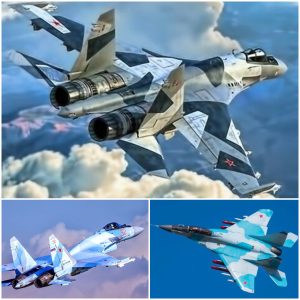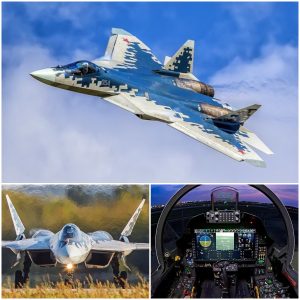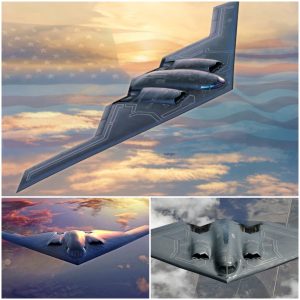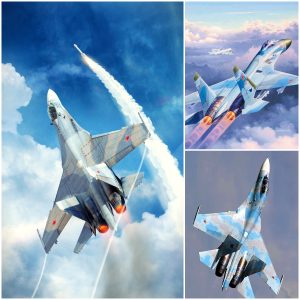In contrast, the F-86 Sabre is a classic fighter jet renowned for its role in the Korean War. With its swept-wing design and impressive speed, the F-86 was a formidable adversary in dogfights against enemy aircraft, showcasing advancements in aerodynamics and jet propulsion during its era.
The X-29, an experimental aircraft developed in the 1980s, pushed the boundaries of aerospace technology with its forward-swept wings. This unconventional design offered improved maneuverability and control but also posed significant challenges in stability and structural integrity, making it a milestone in aerodynamic research.


Moving beyond fighter jets, the CH-47 Chinook is a versatile heavy-lift helicopter widely used for troop transport and cargo missions. Its distinctive tandem rotor configuration provides exceptional lifting capabilities, allowing it to operate in diverse environments and fulfill a wide range of military and civilian roles.
Finally, the B-2 Spirit, also known as the “Stealth Bomber,” represents the pinnacle of stealth technology and strategic bombing capabilities. With its sleek, low-observable design and advanced avionics, the B-2 can penetrate deep into enemy territory undetected, delivering precision strikes with devastating effect.
In conclusion, deciphering aircraft designations such as A-10, F-86, X-29, CH-47, and B-2 offers insights into the diverse roles and technological advancements within the realm of aviation. From specialized close air support to experimental aerodynamics and stealth capabilities, each aircraft represents a unique chapter in the evolution of military aviation, shaping the course of aerial warfare and pushing the boundaries of technological innovation.








